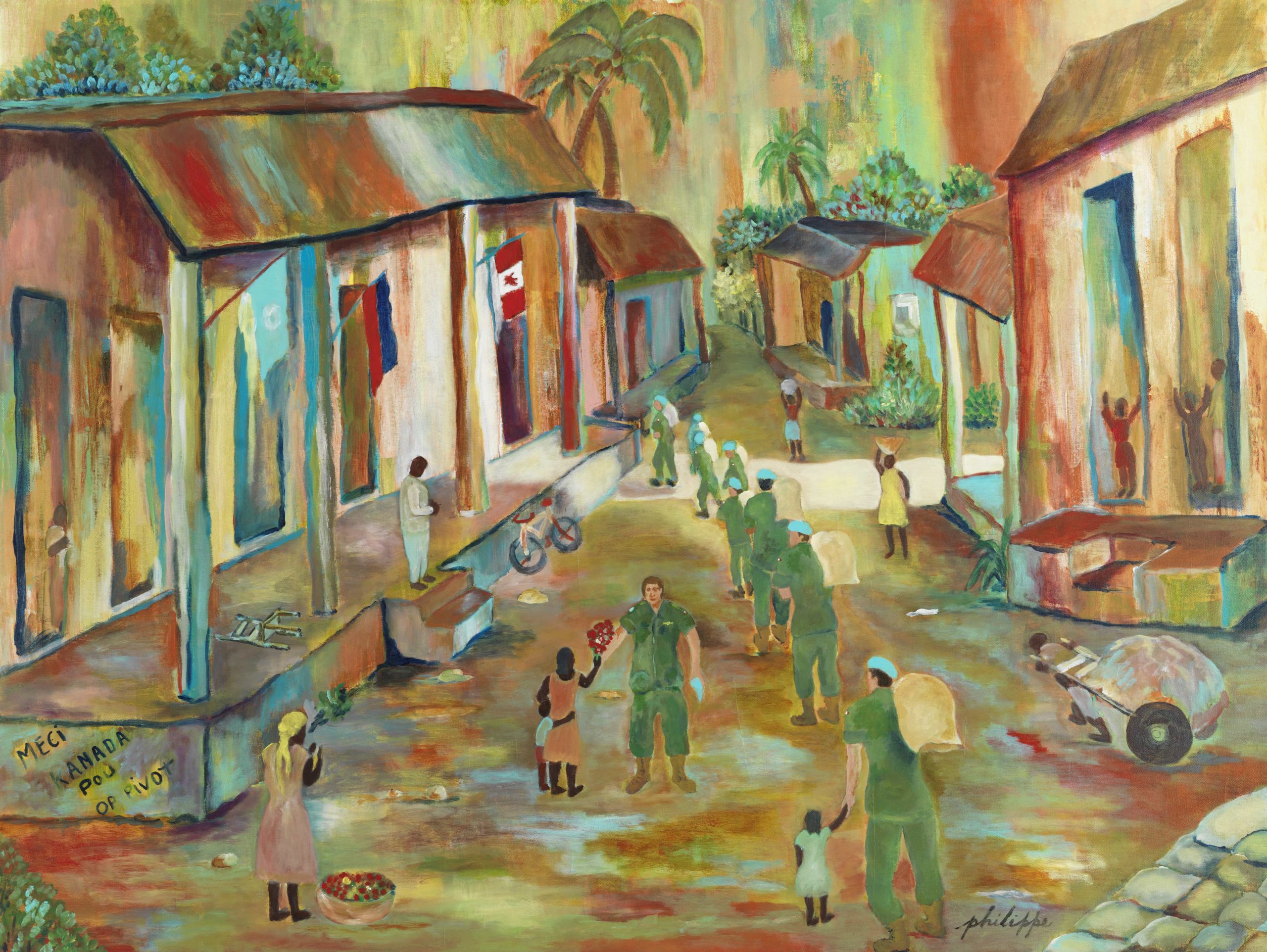These artifacts and objects provide a tangible link to Canada’s military history and illustrate and document the stories of Canadians in conflict and how war has shaped Canada.

In Their Own Voices
The In Their Own Voices oral history collection is composed of more than 200 interviews of Canadian veterans and their loved ones.

Indigenous Peoples and Military Service
Browse a collection of documents and photographs that reflect the participation of Indigenous Peoples during the wars and in peacetime.
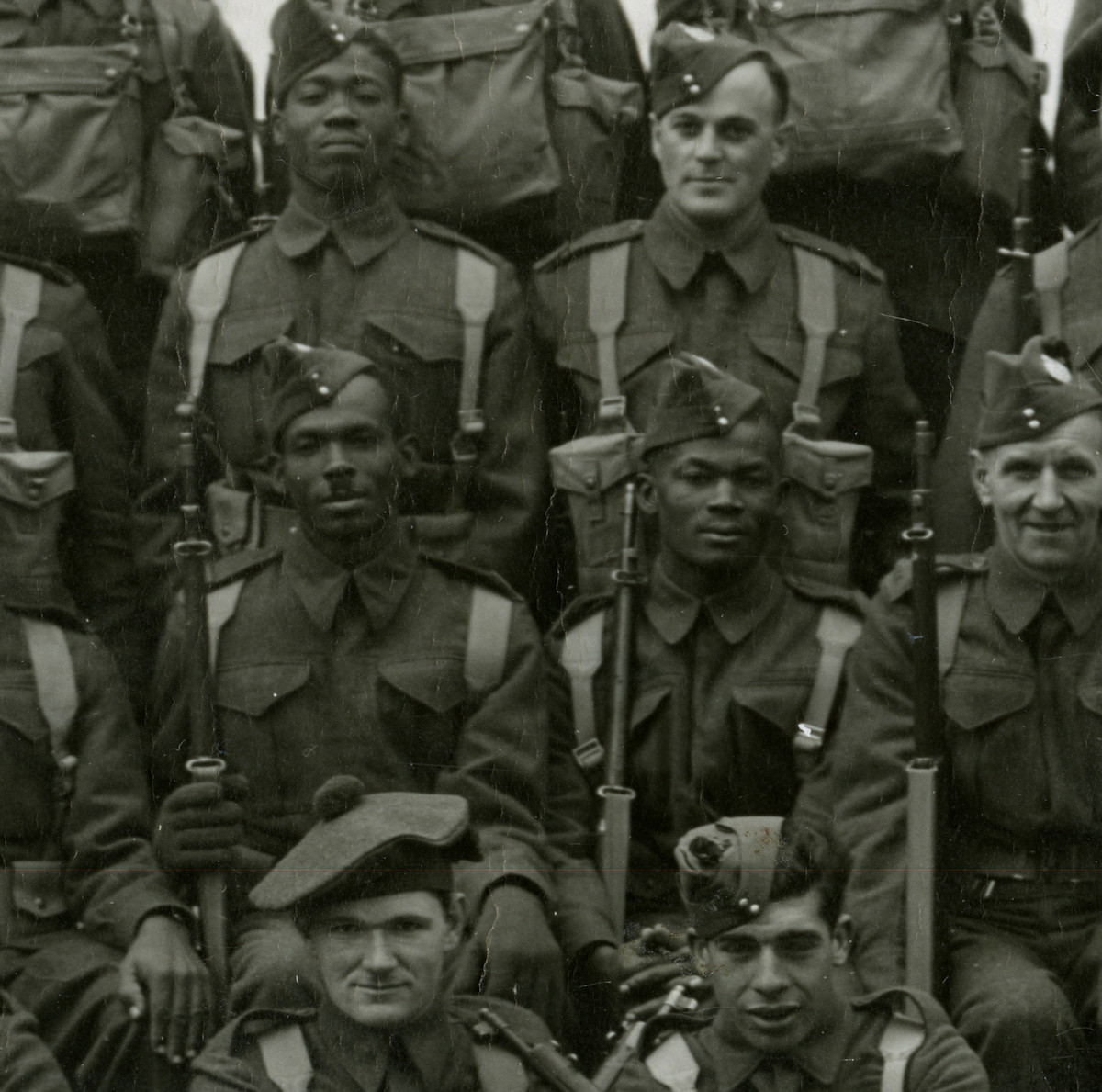
Black Canadians and Military Service
Browse a collection of documents and photographs that reflect the participation of Black Canadians during the wars and in peacetime.

Art and Memorials
The Art and Memorials collection is made up of trench art, grave markers, trench and road signs, posters, and over 13,000 works of art.
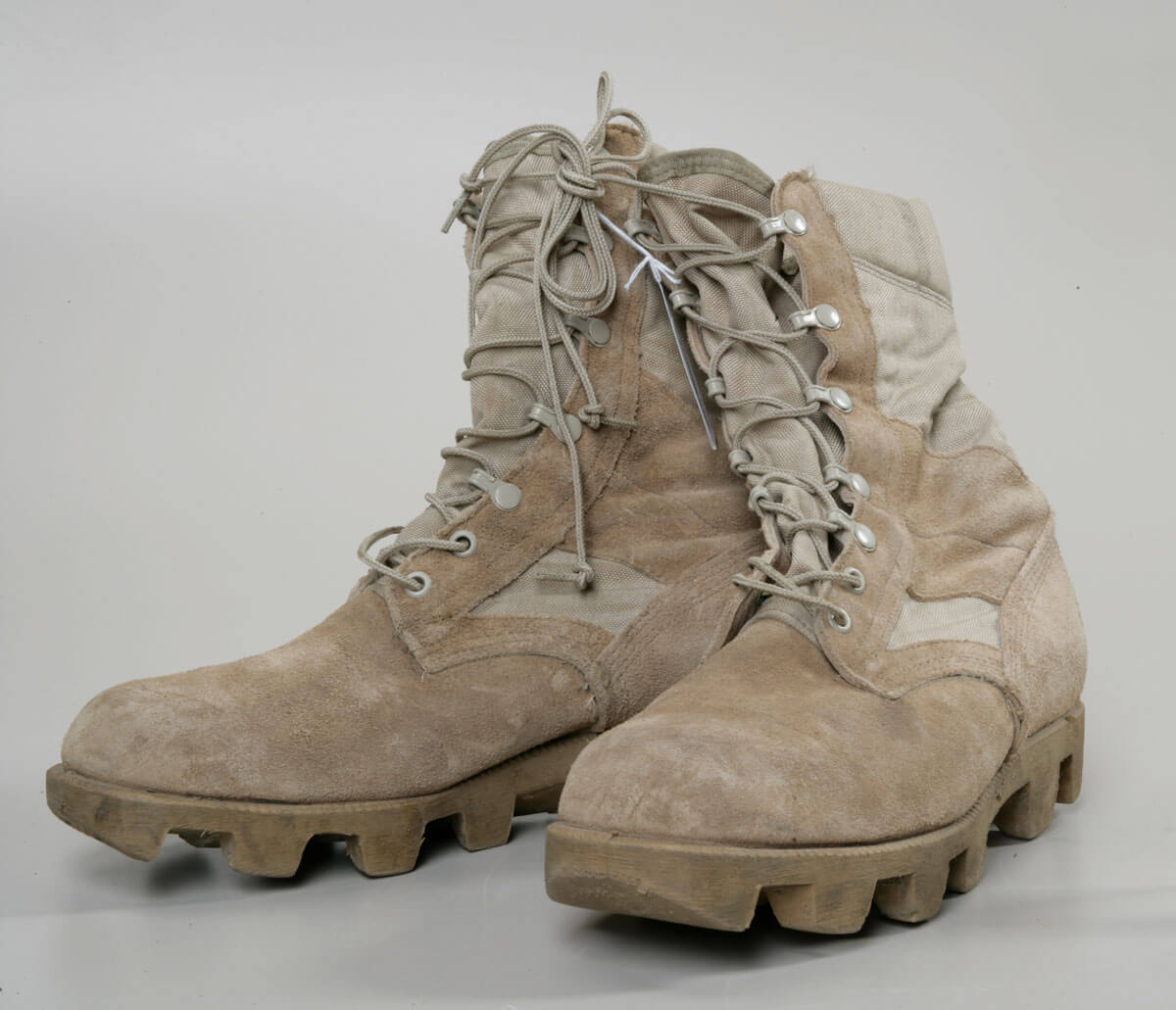
Dress and Insignia
The Dress and Insignia collection contains clothing, personal equipment, badges and insignia, flags and banners, musical instruments, sports equipment, and optical equipment.
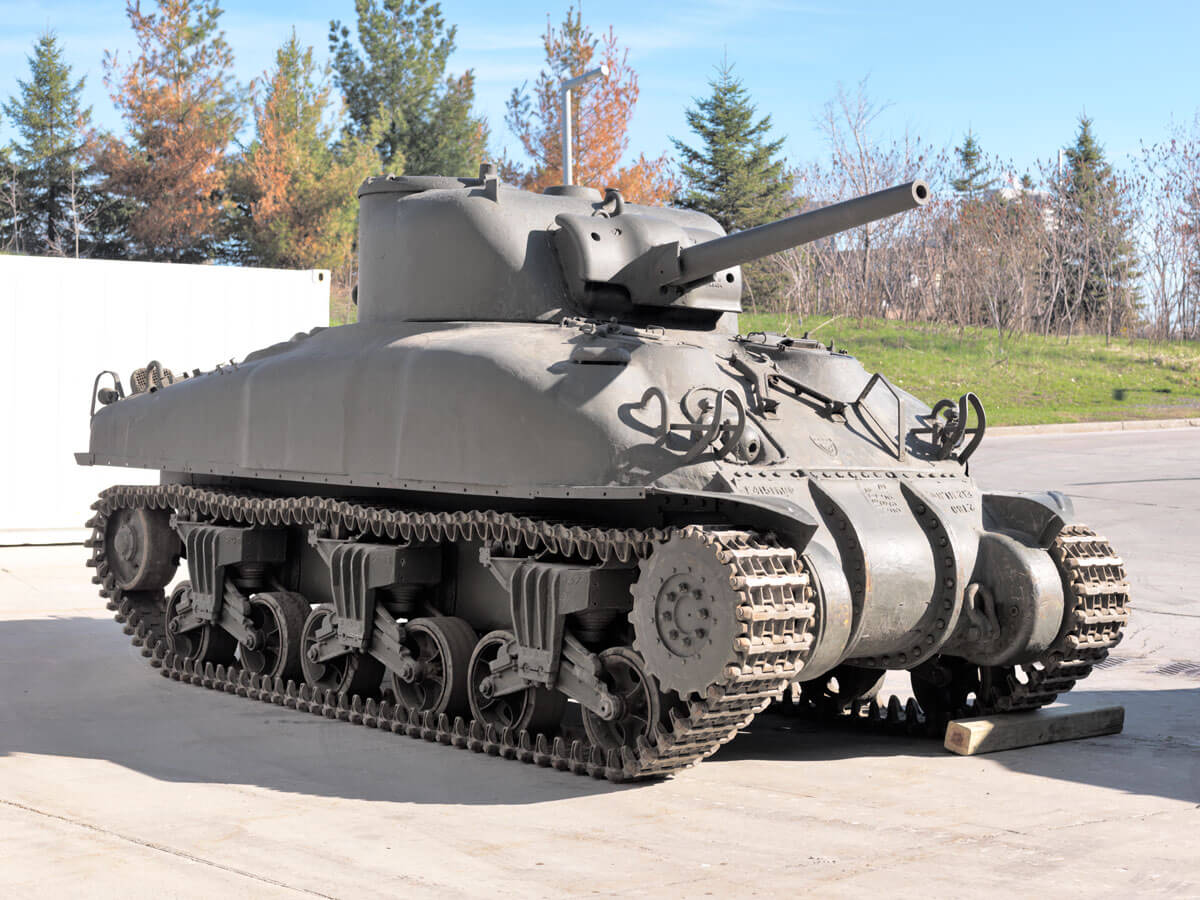
Arms and Technology
The Arms and Technology collection includes arms, artillery, vehicles, technical equipment, and models that show the progression of technological change, transformation and ingenuity within the Canadian military forces and in Canadian wars, conflicts and times of peace.
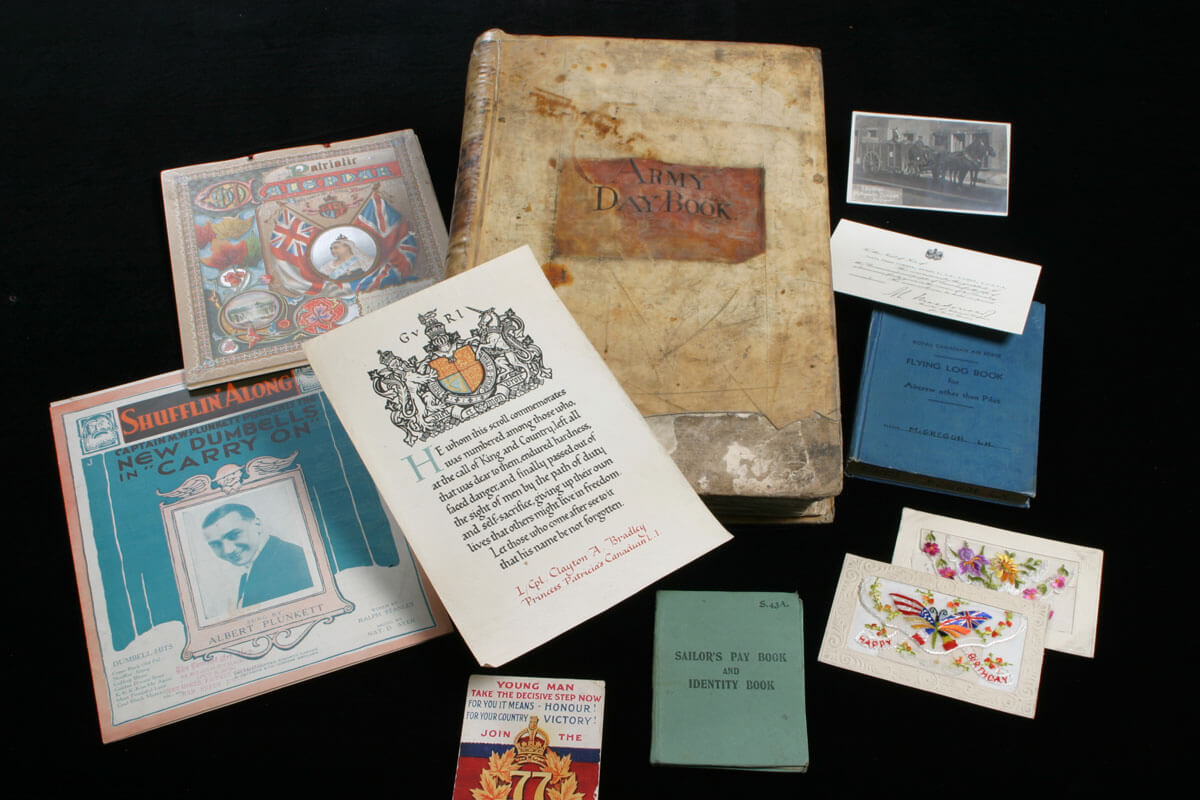
Textual Archives
The Textual Archives consist of approximately 900 linear metres of material, including letters, diaries, scrapbooks, postcards, military forms, certificates, logbooks, maps, sheet music, and audio material.

Photographs and Moving Images
The Photographs and Moving Images collection is made up of over 100,000 photographs, films and videos.
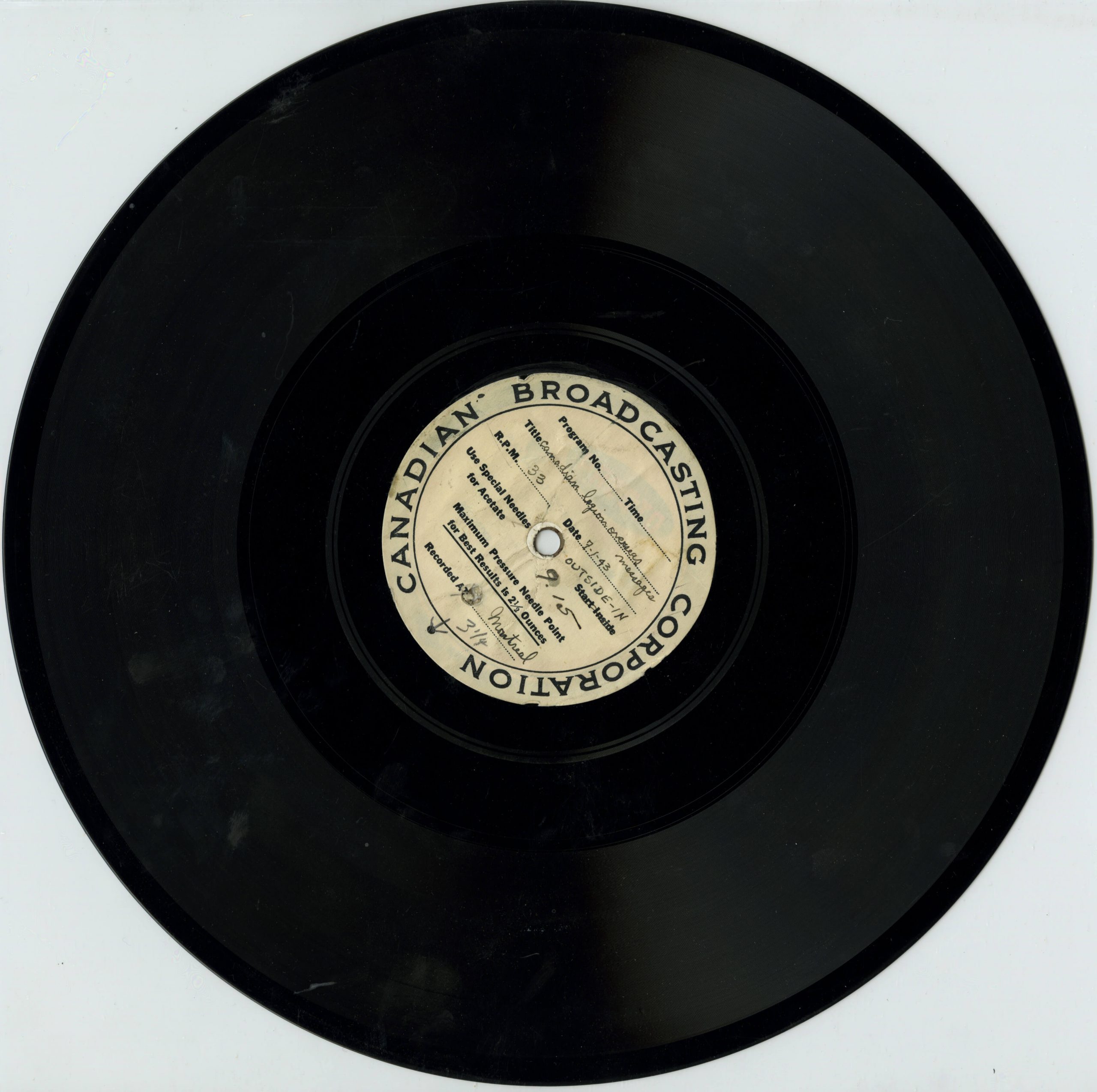
Sound Recordings
Military music, recorded broadcasts, and interviews; browse the collection of audio recordings held in the archives.
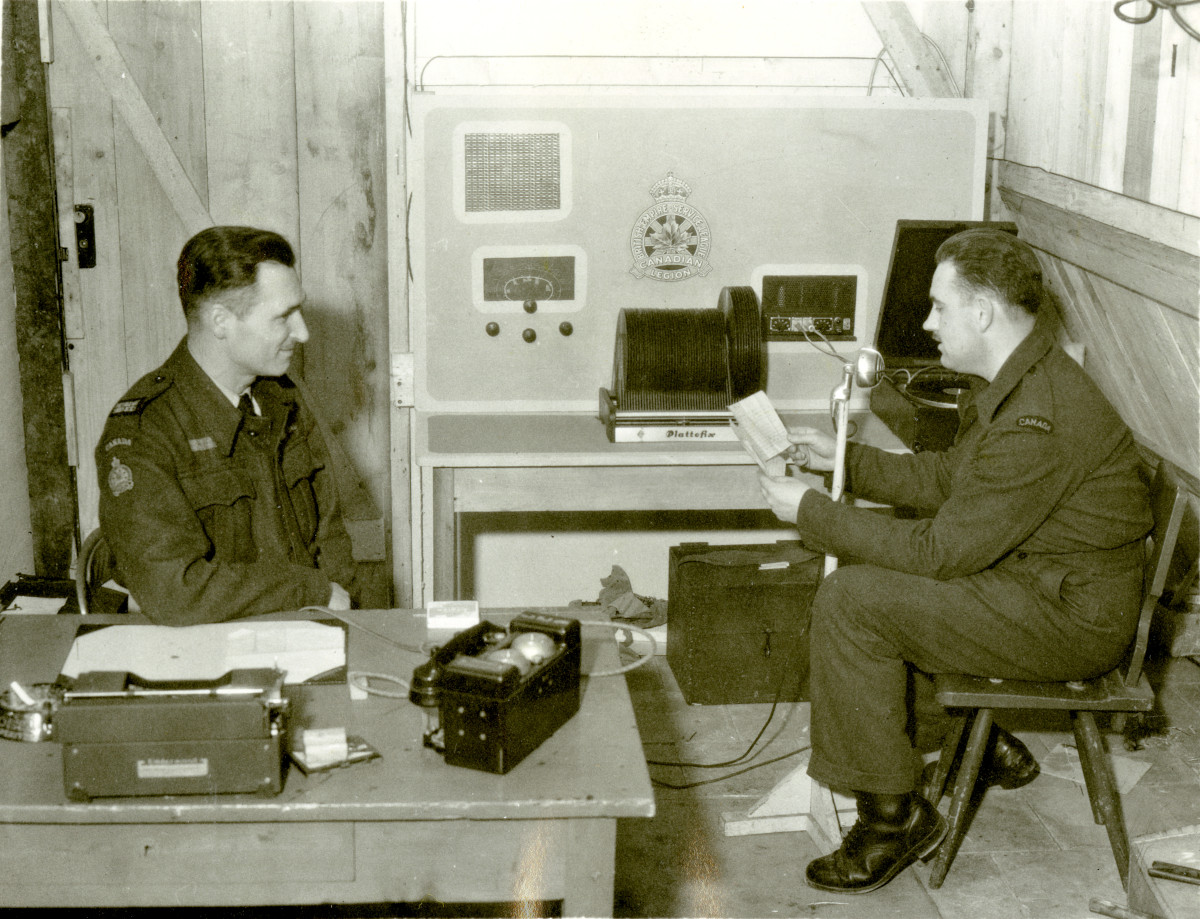
Oral Histories
Discover the experiences of over 20 years of interviews with war veterans, service personnel, and civilians impacted by conflict or who experienced military events, life or culture.

Maps
A unique view of the places Canadians have fought, served and lived: explore the cartographic collection of the archives.

Selection of First World War flying log books
A selection of rare flight records of some of the world’s first pilots at war.

Selection of First World War diary pages
In their own words, see select pages from the diaries of those who served, endured, and died during the First World War.

Selection of First World War Albums
This collection of soldiers’ and nursing sisters’ photo albums provides a unique glimpse into their personal war experiences.
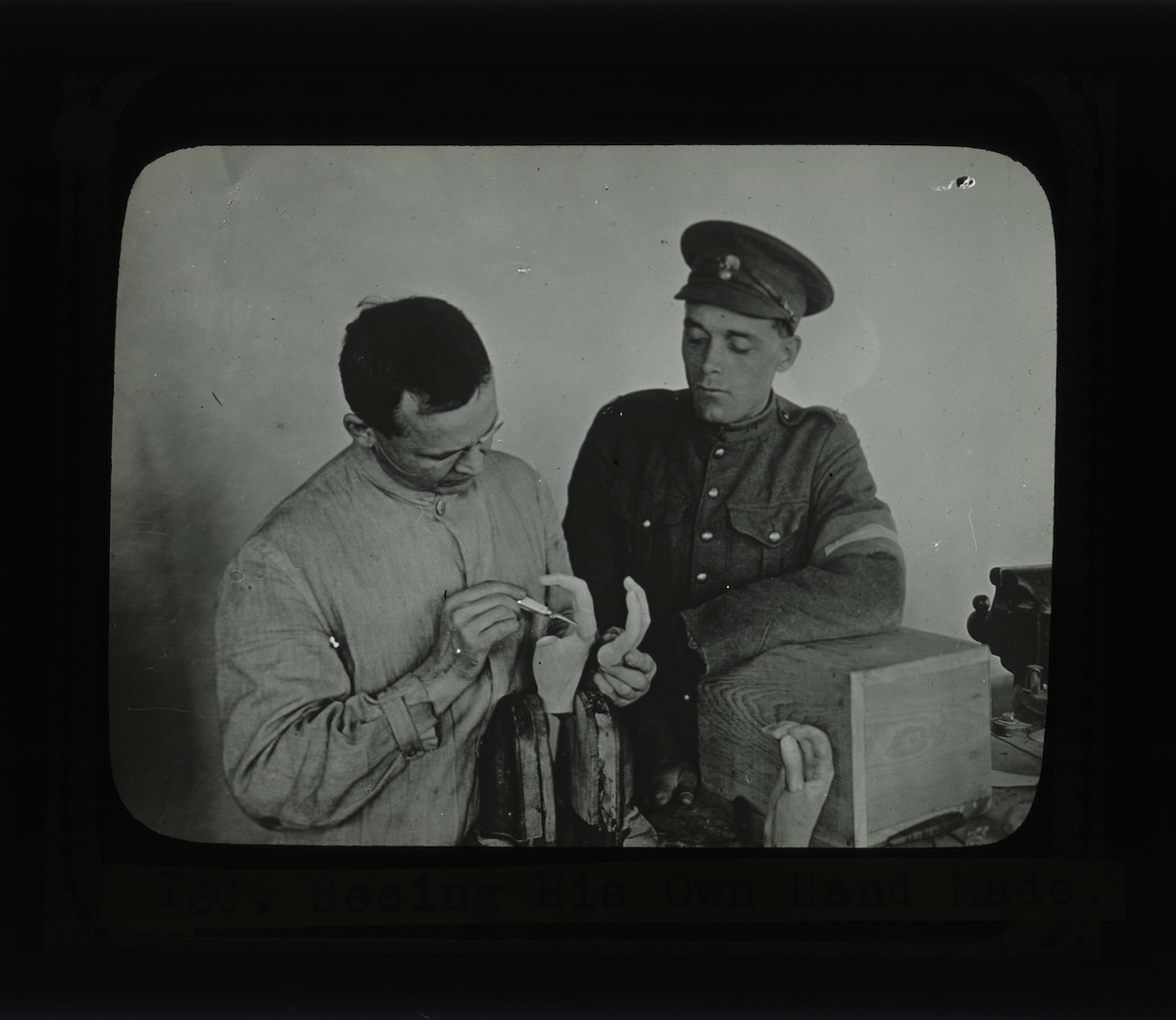
Selection of First World War lantern slides
Lantern slides such as these were used commonly in lectures and presentations in schools, museums, and other venues.

First World War panoramic photographs
Explore the museum’s impressive collection of large-scale group portrait photographs of Canadian battalions, regiments, and other units.
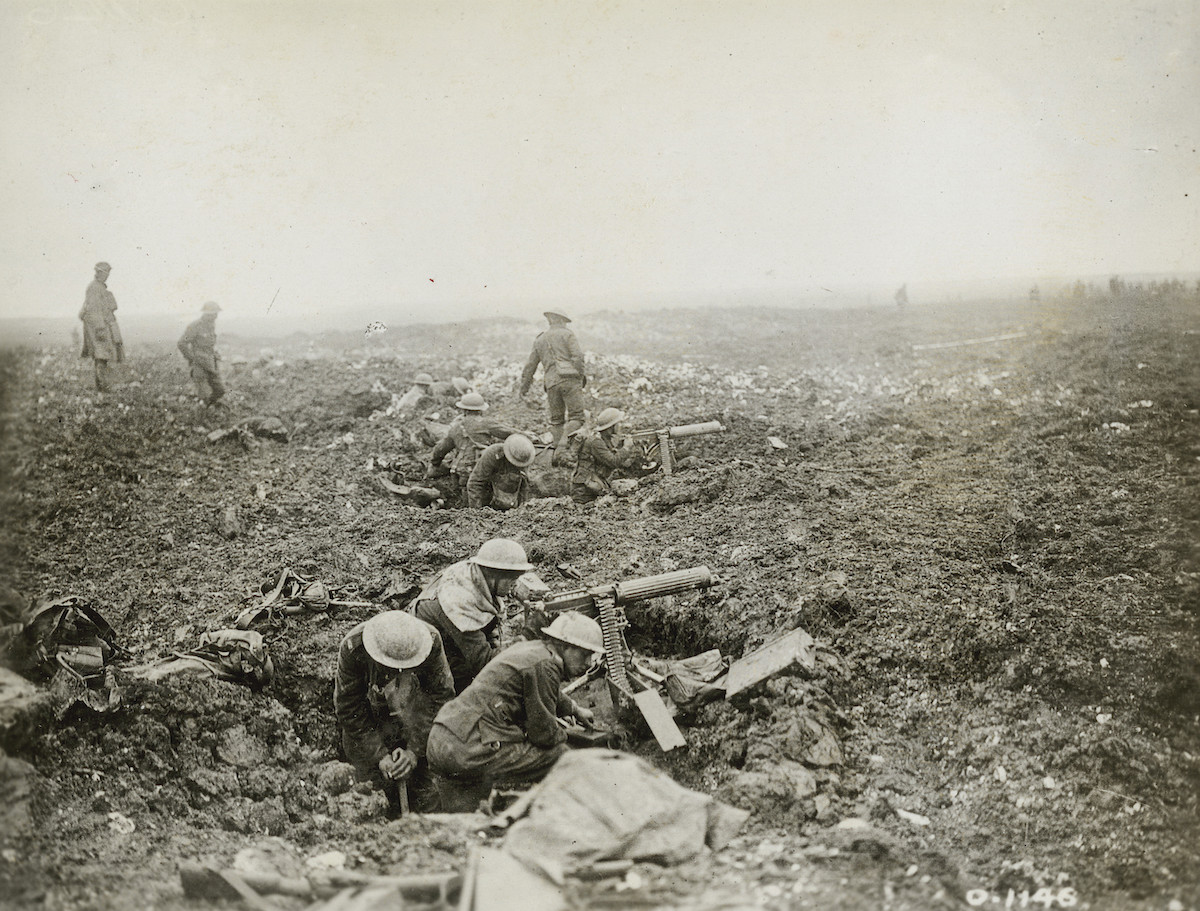
Canadian official war photographs (1914-1918)
Over 6,000 photographs were taken by the Canadian Expeditionary Force photographers who were tasked with documenting Canada’s participation in the First World War.
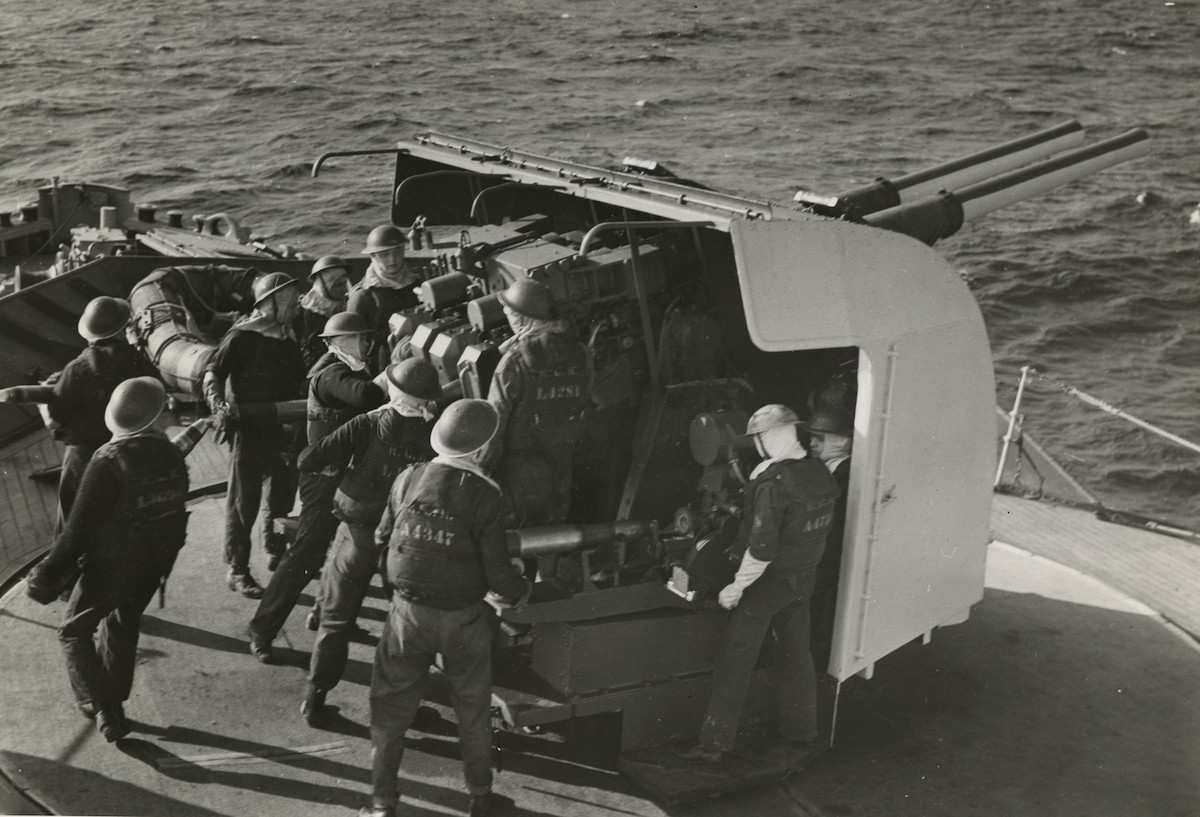
Selection of Canadian Navy documents and photographs
Browse a collection of hundreds of documents and photographs that reflect Canada's naval history since 1910.

Relief maps
Discover the detailed and three-dimensional relief maps used to plan historic battles.

Technical drawings
From linchpins to warships, discover the development of military technology through historic technical drawings and blueprints.

Sheet music
Explore the music that inspired soldiers and citizens through war and peace.

Operation Market Garden and the Royal Canadian Engineers
Discover Second World War materials related to the Royal Canadian Engineer units involved in the evacuation of some 2,500 Allied airborne soldiers at the end of Operation Market Garden.
Image at top of page:
Marc-Bernard Phillipe. “Peacekeepers.” Canadian War Museum, 19970043-001
